|
Of all the interviews I collected for In The Zone from hundreds of world class sportsmen, the above quote from South Africa’s Pieter du Preez was honestly not the one I expected to go out of date.
Du Preez was an aspiring triathlete competing for South Africa at Under-23 level – until he was hit by a car while cycling in 2003. The crash broke his neck and left him paralysed from the chest down. But what he has achieved since is nothing short of sensational. Because du Preez has no finger movement, when he first tried getting dressed it took him 15 minutes to put on a single sock. That’s when the ‘can-do’ instincts of life in sport kicked in, and he began setting himself unrealistic challenges in his quest for a regular life. He started timing himself every day, aiming for an ‘impossible’ world record time of seven minutes to get fully dressed. At first he would stop after 15 minutes and let others help, but after several months of effort he eventually made it to the magical seven-minute mark. His current record? Two minutes 41 seconds. Then, once he had started to conquer everyday life, why stop there? The unfeasible idea soon hit: to be the first quadriplegic to do an Ironman. He tells the story in the book, and I’d urge anyone to dig it up because Pieter Du Preez is one of the most beautiful spirits it has ever been my joy to meet. But it was what he said about the rest of us that brought tears to my eyes – because it sums up everything I’ve been trying to achieve with my writing. ‘It’s important to realise we all have the power to inspire, able-bodied or not,’ he insists. ‘Everyone tells me how inspirational I am but they don’t realise how much they inspire and motivate me by coming up and telling me that. So we all have that power. ‘People think they need to be a world champion to inspire when it’s really about being nice to the person at the supermarket till. Everyone’s tired and in a hurry but for that moment you give them a smile. You may not think it’s inspiration but it changes their day. Being nice to people is a simple thing. So you don’t need to be a superhero to inspire. You can be a normal person with a smile…’ Or at least we could. Somehow we’ve been persuaded that we should now cover our faces in public, and with it any hope of offering this most powerful kind of inspiration to others. I don’t care how much fear has been rammed down our throats over the past few months, it’s nothing compared to the fear I have of the damage this will do. If this doesn’t cause you any anxiety, it should. And if it does, fear no more. You are officially exempt from the madness. For all our sakes, please take off the damned mask... Time to smile again.
0 Comments
As the world reels from the sudden loss of one of the greatest sportspeople of all time, I wanted to share what has long been my favourite story about Kobe Bryant. It is retold here by an emotional Jay Williams, formerly of the Chicago Bulls, who once found himself practising on the same court as the LA Lakers legend. It starts three minutes in and it sums up EVERYTHING about the work ethic it takes to reach the very, very top. Brad Snyder remembers the beautiful sunrise over Afghanistan on September 7, 2011 with crystal clarity. That’s because it was the last one he ever saw.
Within hours the US Navy bomb disposal expert lost his sight when he stepped on an IED. As he lay in darkness, he was convinced he’d died. So when a doctor told him he was blind, the message Snyder heard was surprisingly upbeat: “You’re alive…” Three weeks of intensive care later, he began the laborious process of learning to do daily tasks all over again – without vision. “The biggest barrier to success was mobility,” he tells me. “I had the capability, I had the right mental attitude. But at that point I didn’t know how to get out of bed or cross the room, let alone leave the hospital. “So the way forward was to make sure every step was better than the one before, adopting the approach known in Japan as ‘kaizen’ (continuous improvement). At first I didn’t even know what a cane does, so I learned to use that to cross the room. That’s better than yesterday. Next I reached the nurses’ station outside my ward: better still. “Within five weeks I was transferred into a rehab ward where I was outside walking. I ran 5km at the eight-week mark. After 12 months I was competing at the Paralympics in London. So it was a quick process. But with that kaizen mentality, within 365 days even a goal medal is possible…” No kidding. Having swum for his Naval Academy, Snyder was ushered back into the swimming pool while he was still an inpatient. In a plot twist that sounds scripted, he took his first Paralympic gold medal – in the 100m freestyle – on the first anniversary of his life-changing accident: September 7, 2012. Never one to shirk a challenge, Snyder then readopted this “kaizen” mentality to start four years of work towards his next “impossible”: the world record. “The London race was a spiritual victory but Rio was another level,” smiles Snyder. “When I said I wanted the world record I didn’t think it was possible. I still doubted it until I dived in, when I felt like magic the whole way. I had the energy, I was moving super fast and when I hit that wall I knew it was mine.” While this timely visit to the Zone crowned Snyder as king of the Paralympic pool, he insists he’s “one of the worst blind guys there” in daily life because it’s still relatively new to him. Eight years on he has learned to click his fingers as he walks, using echoes to judge where walls are, yet he admits each new environment is an adventure. That’s why Snyder is so excited by Paralympic partner Toyota’s global “mobility for all” campaign. He recently made a pilgrimage to the Olympic movement’s spiritual home in Athens for the Toyota Mobility Summit, sharing tales with Paralympic greats including wheelchair racer Tatyana McFadden and British runner Richard Whitehead. These champions of the human spirit have all benefited from technology and Snyder is passionate that everyone should have similar access. “What we’re talking about is human rights, valuing each person equally,” he declares. “It’s about enabling the world’s population to move, regardless of disability, creed or ethnicity. The social implication of that is very powerful…” As for Snyder it’s onwards and predictably upwards. His next challenge is the mother of all events, the paratriathlon. Roll on Tokyo 2020… Peak performance really starts with ‘beginner’s luck’. If there’s nothing to compare ourselves with, we can forget all about results and just enjoy ourselves, like children. Even if we have only minimal technical ability, to use all of it unhindered can work better than having the skill but a blockage in how to access it. The jams begin as we improve and build up expectations, both our own and those we perceive in others.
Golf is a classic example of how a little knowledge can be a dangerous thing: when I first picked up a club my only exposure came from watching the greats on television. Their expertise had wedged itself into my head and my swing was initially easy, the ball regularly sailing straight down the middle. What was all the fuss about? Then I had a few lessons – but not enough – and started thinking about grip and stance, inhibiting whatever natural flow I’d had. It was downhill all the way. After a literal low point where I could no longer get the ball off the ground, I gave up. I’m not alone. A world champion from another sport put it beautifully: ‘I’d go round in 100 shots, of which 99 were crap and one was good. If 99 pints tasted awful and one tasted good you wouldn’t drink, would you?’ With perseverance I may have broken through to the other side – until the next stumble. Everyone endures such lows but the stars find the inner resources to force their way beyond all the moments when their ability seems to plateau or, worse, dip. No matter what, they never, ever quit. In a world that worships winners, for the perfect storyline Hollywood might suggest a sportsman should save their day of days for the very end of their career, preferably a stunning victory out of nowhere on the day they retire. But that overlooks one minor plot detail: a couple of decades of torment as the universal acceptance that your chance has gone reaches a point where even friends and family look upon your continued efforts with the kind of bemused pity normally reserved for a caged animal determined to gnaw their way out. As Northern Ireland’s Darren Clarke limbered up for his 20th attempt to win golf’s Open Championship in 2011 – eight years ago today – he was about to surprise his doubters. In atrocious weather, the 150-1 shot walked calmly through the storms. He led into the final day and while others faltered he sauntered to glory by three shots – at the age of 42. ‘I still don’t know how I managed to do it,’ Clarke told me for In The Zone. ‘But that week I was very calm and collected. For that final round it was as if it was my time. I played well but also got a couple of good bounces and breaks. I’d served my apprenticeship and it was given to me. That’s the way sport goes, isn’t it? You need to get the breaks to win. But it’s not as if I came out of the blue. I’d won 20 times around the world including a tournament in Arizona two months earlier. It’s been a long road and it was great to be able to plough through, persevere, persevere, persevere… and I got here in the end. The support and love the people showed me walking down the 18th was even more special. It wasn’t just the roar, it was the compassion.’ Clarke had indeed been through way more than the average sportsman, having lost his wife Heather to breast cancer five years earlier. Hitting a ball into a hole pales into irrelevance by comparison. Nonetheless he’d already earned one early moment of redemption just six weeks later as he won all three of his matches in the Ryder Cup at the K Club. After that Clarke’s form disintegrated again and before his Open triumph he hadn’t finished in the top ten at a major for ten years. Even then his self-confidence never deserted him. It helped that top golf psychologist Bob Rotella kept reminding Clarke about what he terms ‘unconscious putting’. The key is to create a clear picture of the desired outcome, then let all fear of failure go and trust the natural skills honed over the years of practice. Don’t think, don’t fret, don’t try, just do. Sound familiar? ‘In my heart of hearts did I think I was good enough? Yes, of course I did,’ he adds. ‘I had no doubt in my mind and I knew 100 percent I had the game to win. Did I know I was going to win? No, but that’s slightly different. Still, I do scratch my head at how it has all turned out. The K Club was wonderful and the Open even more so. I’ve had a difficult time in my personal life but the world of sport gives and it takes. It’s taken from me in many different ways and it’s given me an awful lot back as well. I’ve got to be grateful for what the game has given me. ‘Challenges are in front of everybody, whatever walk of life they’re in. If you give in that’s not the way forward. You’ve got to battle on and sometimes good comes out of bad. I’m a good example of that. You have to get through the bad times to get to the good times. Certainly I went through the bad and eventually came to an awful lot of good that’s coming to me now.’ Tomorrow morning at 6.35am Clarke, now 50, will hit the first shot at Royal Portrush in the first Open championship to be held in Northern Ireland for 68 years. A victory might be even less likely this time, but something tells me he won’t care a jot. This is an extract from In The Zone: How Champions Think and Win Big Given the pre-eminence of Kenyan and Ethiopian distance runners over the past 50 years, it still comes as a surprise that the all-time queen of the road is British.
Paula Radcliffe started running at the age of seven but she had her epiphany as an 11-year-old when she came to watch her father race at the 1985 London Marathon. That day Ingrid Kristiansen set a new world best time (2h 21m 06s, a mark that stood for 13 years) and the young Paula was instantly struck by the Norwegian’s power and fluidity as she saw off all but the very fastest men. ‘That London Marathon was a big inspiration for me,’ says Radcliffe. ‘First it was that smell of Deep Heat on the start at Blackheath. But when Ingrid came past that day, she was right in there not far behind the winning men. To see a woman that far up… I didn’t really have a lot of barriers in my head at 11 anyway but it broke down any barriers that remained.’ Thanks to asthma and anaemia Paula’s dream must nonetheless have seemed distant, yet such was her drive she was crowned World Junior Cross Country champion in 1992. Then within two years disaster struck as a doctor told her she would never run again due to a stress fracture to her left foot: ‘I remember coming home in tears and my Dad saying, “What’s the big deal? Loads of people go through life and they don’t run.” But I said I’m not “loads of people”, I’ve got lots of things I want to do. It has to get better. And it did.’ Radcliffe duly embarked on a meticulous training regime that strengthened the muscle in her head as much as those in her legs. Further cross country titles followed but she always seemed destined to be the ‘nearly woman’ of track racing because she lacked a kick over the final lap. Then it was time for her true destiny to kick in… At her very first marathon at London in 2002 Paula set a world’s best for a women’s only race. Later that year she became the first woman to run under 2h 18m in Chicago but even that didn’t sate her appetite. At the 2003 London Marathon she used two Kenyan male pacemakers to take the record to the next level. Her 2h 15m 25s is a time so far out of reach of anyone else before or since – over a minute and a half – it could last for decades more. ‘The attraction and challenge of the marathon for so many people is that it’s you against the distance, against your body, against hitting the wall,’ smiles Radcliffe. ‘That’s the way I always like to run anyway, I never looked at split times too much, I just ran hard and strong. It’s only later you realise how much “in the Zone” you were and how much you ask your body and it delivers. You just trust it’s going to be there because it has been there in the training. It’s that “not fear” that you won’t be able maintain the pace or finish, you just trust you will be able to. ‘I don’t think I had more talent than anybody else. There are people around now who have more talent. I just had this stubbornness and a way of wanting to run as hard as I could; even if I had the race won, I wanted to see how fast I could go. So it was this mindset, combined with the luck that my body could withstand the amount of training it did in 2002 and 2003. It enabled me to get into really good shape and attack it.’ Radcliffe may not obsess about split times but when you spend your life at the front of a marathon with a camera truck ahead of you it’s unavoidable, notably for her historic run in London. The first lesson of marathon running is to stick to the same pace all the way round. The Englishwoman’s average mile rate from her Chicago record was 5m 13s, so she could tell if she was up from the split times flashing up. Alarmingly the third mile in London was below the five-minute mark, which she worried was far too fast. To most mortals yes, but Paula was on fire. ‘It was definitely close to a perfect day,’ says Radcliffe. ‘The preparation had gone really well; the only real hiccup was when I had an accident with a little girl on a bike who knocked me over a few weeks before. I spent a couple of weeks trying to get over the dislocated jaw and whiplash from that. But by that point most of the training was already in the bank. On race day conditions were good and I felt good. ‘Even so I did think I would go quicker afterwards but it never happened. I was in slightly better shape in training in 2004 but by the competition I got injured. That shows in the marathon you need to seize the opportunity. You put so much into the training cycle and so often that risk doesn’t pay off: conditions aren’t right on the day or you get a blister or an upset stomach and you can’t capitalise on everything. That’s why that day in London I felt it was really important just to keep running as hard as I could so the record had a chance of standing for as long as possible.’ The pain was worth it. 16 years and counting… Many thanks to the Euronews website LivingIt for featuring a selection of new articles - based on In The Zone - exploring the mental side of performing at the absolute limit in some of the most extreme sports out there. Ahead of this weekend's Ironman World Championship at Hawaii's Kailua-Kona, hear from the 2015 and 2016 world champion Jan Frodeno (pictured above). The German is clearly one of the fittest human beings on the planet but you can find out why he considers that even in the ultimate physical challenge, the difference between the best and the rest is always about mental strength. Click here to read all about it... It is now seven years since Roz Savage completed the final leg of a truly epic adventure, becoming the first woman to row single-handed across the Atlantic, Pacific and Indian Oceans. She told me she didn't feel strong mentally at first, but over the course the experience of taking on such a huge challenge she learned all about the true meaning of resilience. Click here to find out more... Finally, in an exclusive interview big wave surf legend Garrett McNamara describes the spiritual experience involved in taking on the most violent experiences nature can throw at us: 'I look at the tallest tree, the mountains, the ocean and the universe, attract it and breathe it all in...'
If you want to feel the force, read on. |
AuthorClyde Brolin spent over a decade working in F1 before moving on to the wider world of sport - all in a bid to discover the untapped power of the human mind. Archives
October 2024
Categories
All
|
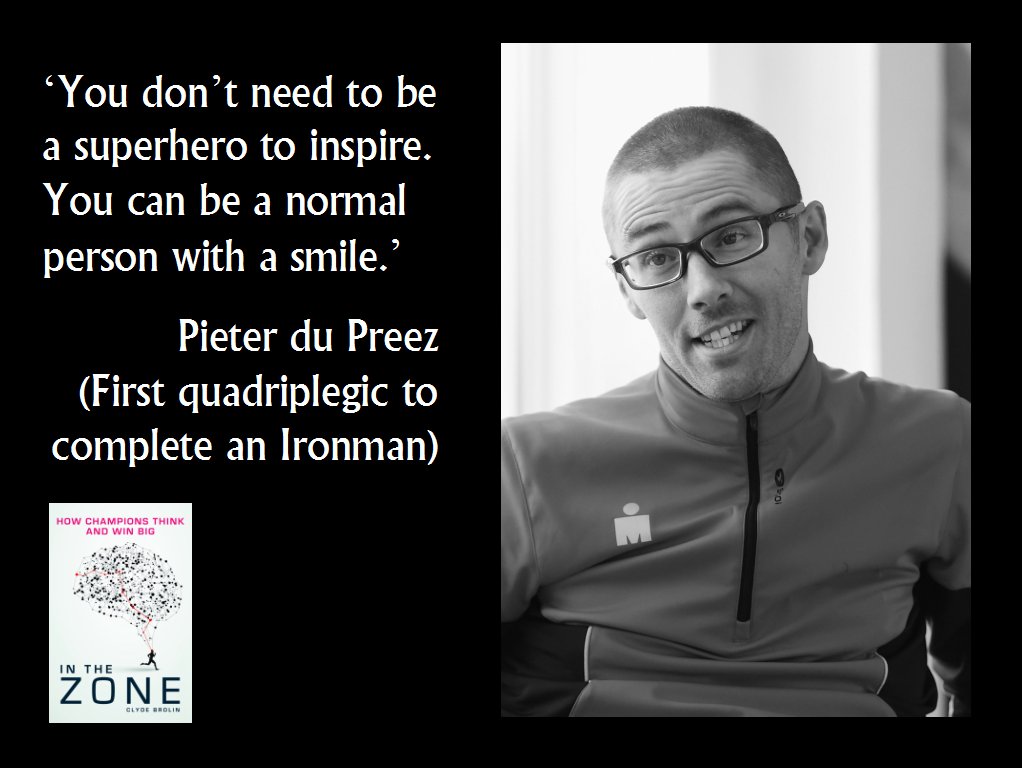

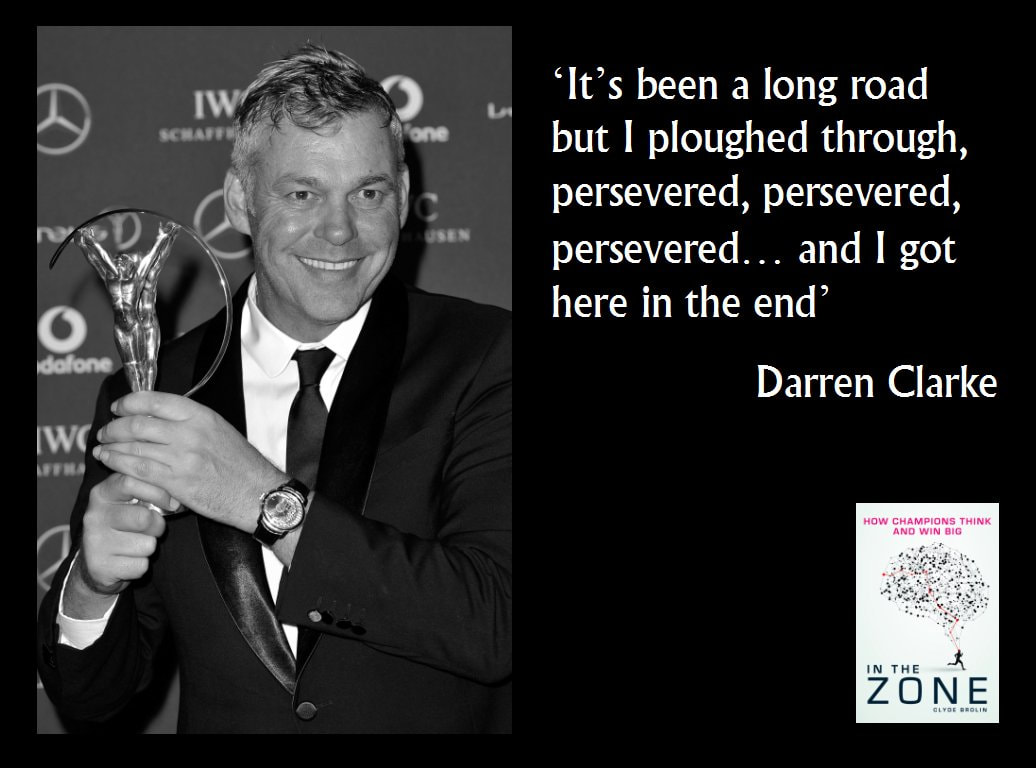

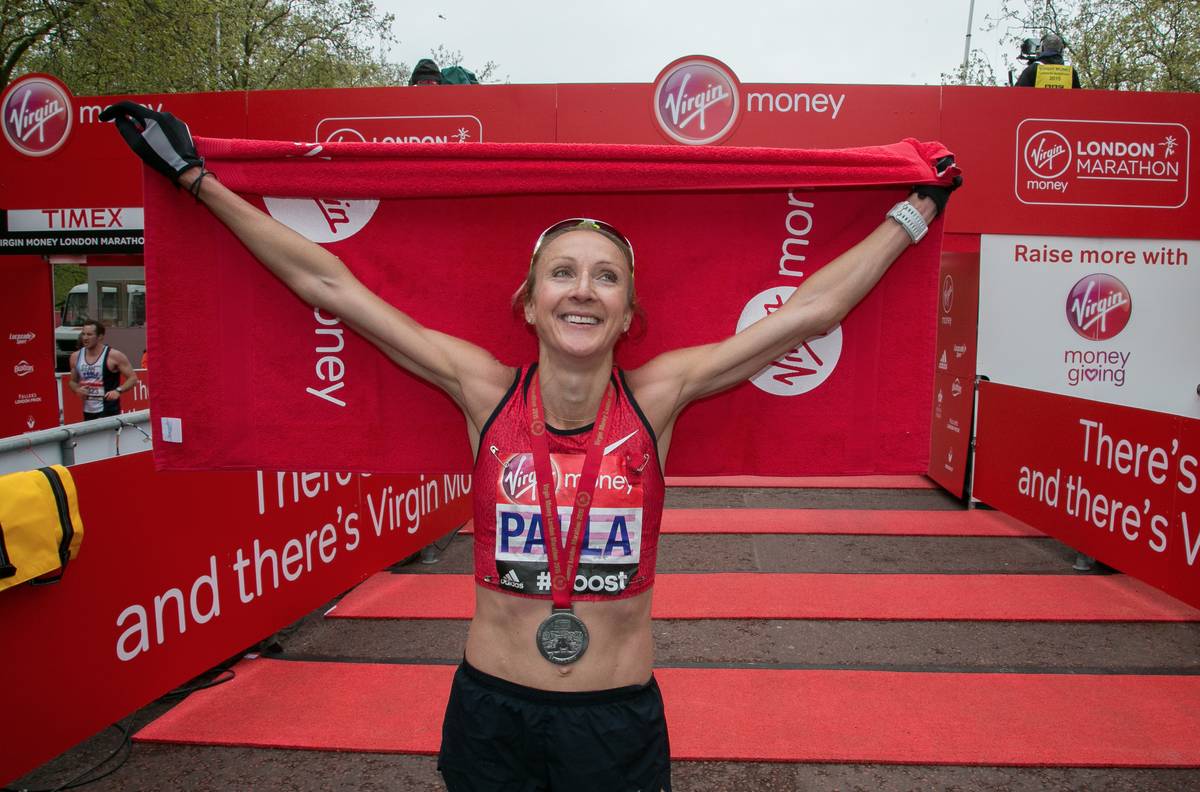


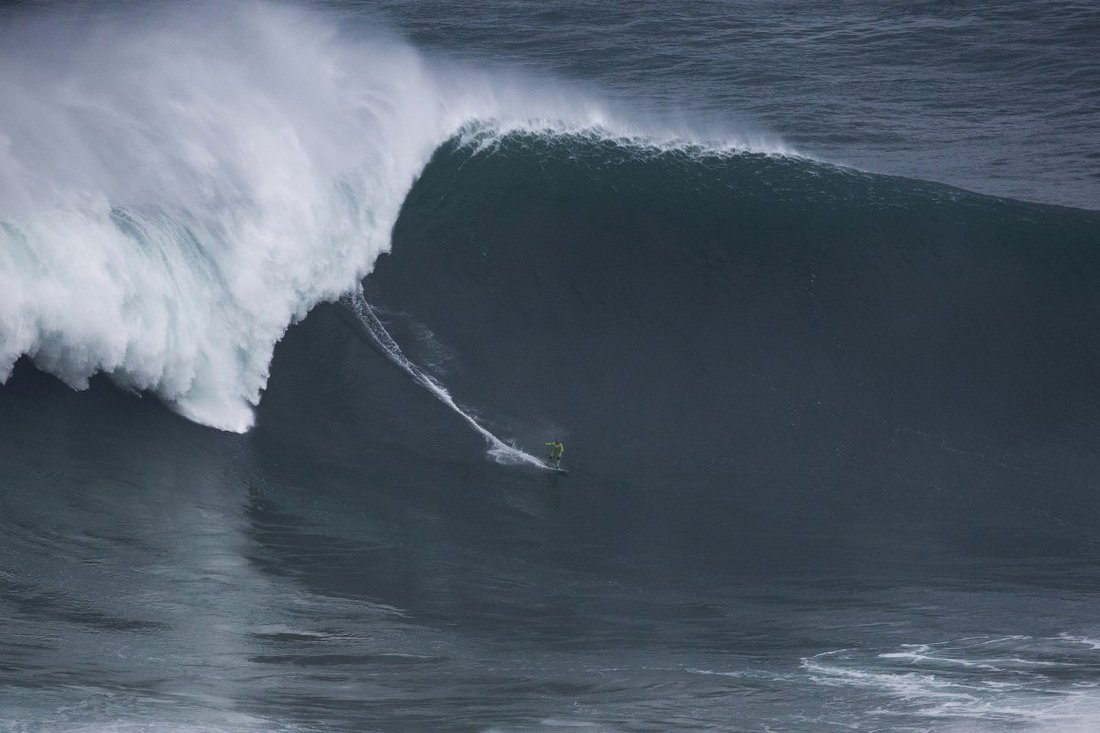
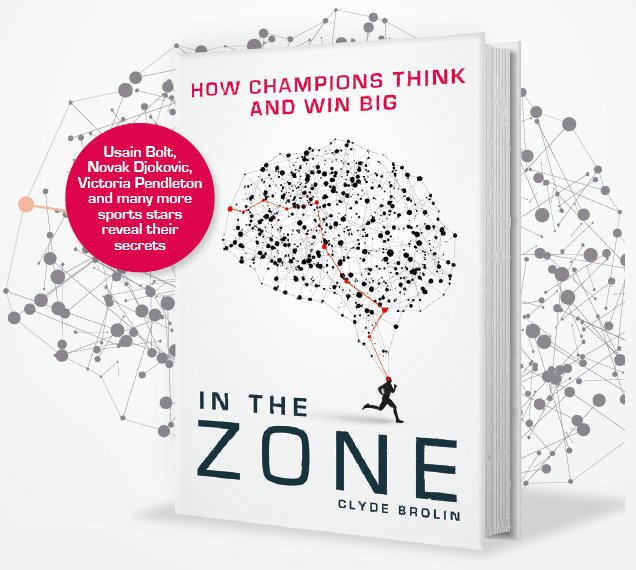
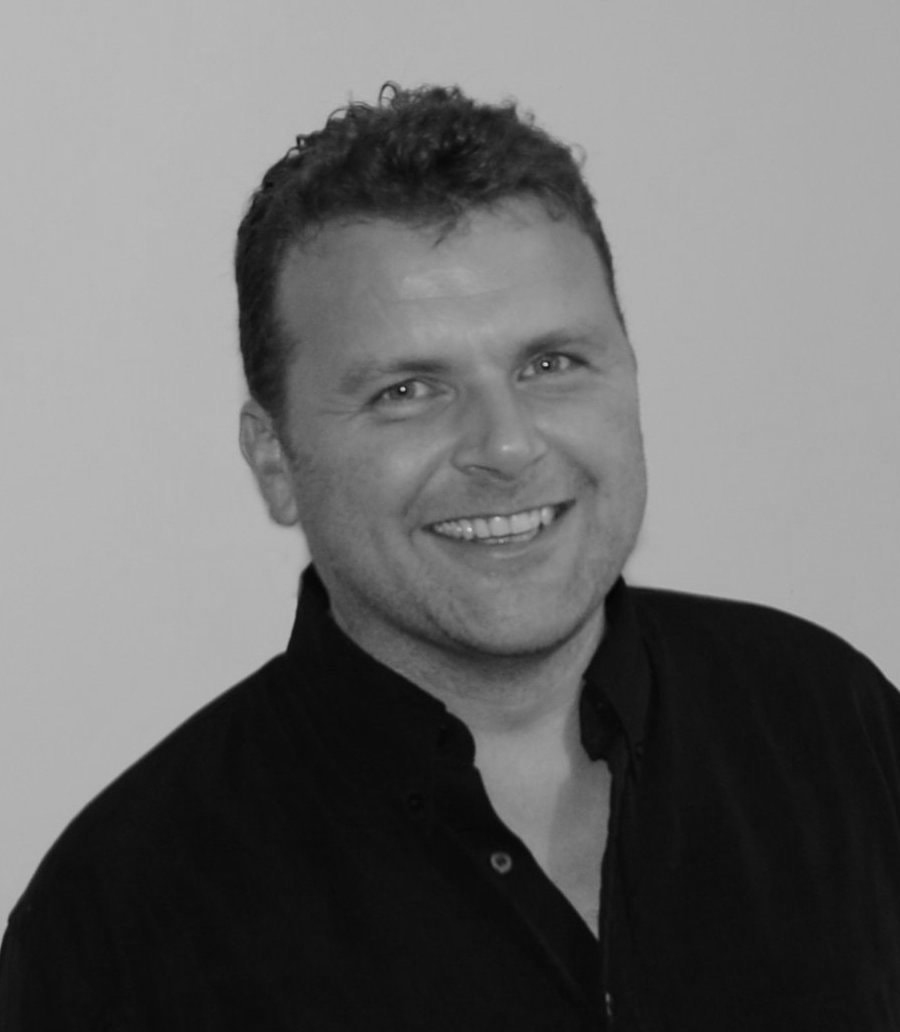
 RSS Feed
RSS Feed

